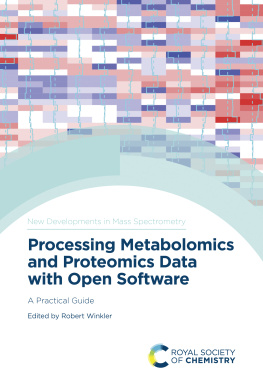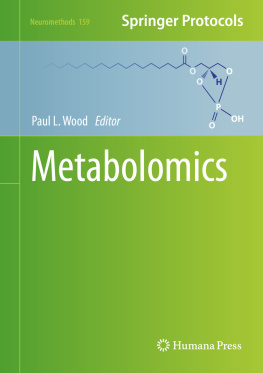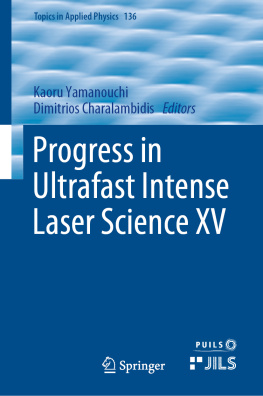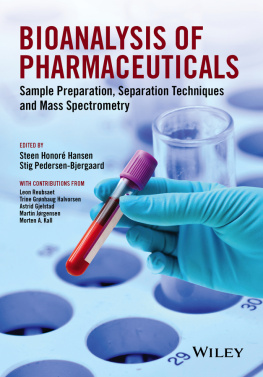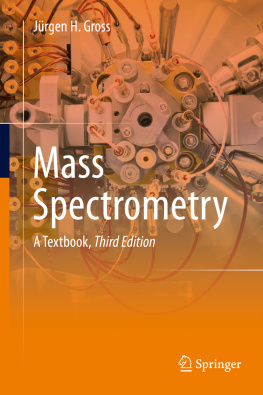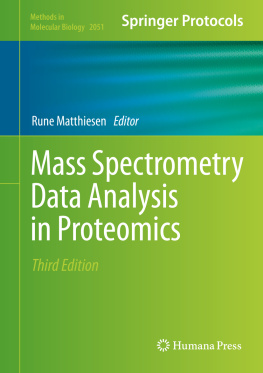
Copyright 2010 by John Wiley & Sons, Inc. All rights reserved.
Published by John Wiley & Sons, Inc., Hoboken, New Jersey.
Published simultaneously in Canada.
No part of this publication may be reproduced, stored in a retrieval system, or transmitted in any form or by any means, electronic, mechanical, photocopying, recording, scanning, or otherwise, except as permitted under Section 107 or 108 of the 1976 United States Copyright Act, without either the prior written permission of the Publisher, or authorization through payment of the appropriate per-copy fee to the Copyright Clearance Center, Inc., 222 Rosewood Drive, Danvers, MA 01923, (978) 750-8400, fax (978) 750-4470, or on the web at www.copyright.com Requests to the Publisher for permission should be addressed to the Permissions Department, John Wiley & Sons, Inc., 111 River Street, Hoboken, NJ 07030, (201) 748-6011, fax (201) 748-6008, or online at http://www.wiley.com/go/permission.
Limit of Liability/Disclaimer of Warranty: While the publisher and author have used their best efforts in preparing this book, they make no representations or warranties with respect to the accuracy or completeness of the contents of this book and specifically disclaim any implied warranties of merchantability or fitness for a particular purpose. No warranty may be created or extended by sales representatives or written sales materials. The advice and strategies contained herein may not be suitable for your situation. You should consult with a professional where appropriate. Neither the publisher nor author shall be liable for any loss of profit or any other commercial damages, including but not limited to special, incidental, consequential, or other damages.
For general information on our other products and services or for technical support, please contact our Custom Care Department within the United States at (800) 762-2974, outside the United States at (317) 572-3993 or fax (317) 572-4002.
Wiley also publishes its books in a variety of electronic formats. Some content that appears in print may not be available in electronic formats. For more information about Wiley products, visit our web site at www.wiIey.com.
Library of Congress Cataloging-in-Publication Data:
Electrospray and MALDI mass spectrometry: fundamentals, instrumentation, practicalities, and biological applications/edited by Richard B. Cole. 2nd ed.
p. cm.
Rev. ed. of: Electrospray ionization mass spectrometry. c1997.
Includes index.
ISBN 978-0-471-74107-7 (cloth)
1. Electrospray ionization mass spectrometry. 2. Biomolecules-Analysis. I. Cole, Richard B., 1956- II. Electrospray ionization mass spectrometry.
QP519.9.M3E44 2010
572.36dc22
2009035898
Foreword: Desorption Ionization and Spray Ionization: Connections and Progress
Mass spectrometry has the advantage of a broad definition. Only in a tangential way is it a form of spectroscopy. Rather, it is the field dealing with the study of a particular state of matter, the gaseous ionic state. This means that much chemistry and even physics and biology falls within its province. Practical applications come with this, driven by advances in instrumentation and techniques; but less obviously, so much fundamental sciencekinetics and thermochemistry and reaction mechanismsalso emerges. Nowhere is this range more evident than in the methods and phenomena involved in the conversion of samples into gas-phase ions.
This Foreword starts with a consideration of the driving forces that have led to the elaboration of improved methods of ionization. A high point was reached with the introduction of the electrospray ionization (ESI)1,2 and matrix-assisted laser desorption ionization (MALDI)3,4 methods of the mid-1980s for the ionization of biological molecules. These methods are the prototypes of the two broad classes of ionization methods: spray ionization and desorption ionization. The first edition of this book5 was concerned chiefly with ESI and its applications as developed in the decade after its introduction. The present volume deals with subsequent developments in ESI and also with MALDI. The forces driving improvements in ionization continue to operate, and emerging applications and variations on ESI and MALDI will be evident throughout this volume. In this Foreword, I cover the topics listed below. These are topics that I find fascinating and which appear to have potential to grow in importance in the future. Alternative examples could have been chosen and the astute reader will find many such in this volume.
Forces driving the development of ionization methods
Spray and desorption ionization
Ambient ionization
Molecular imaging
Enhanced analysis
Fundamental science
Opportunities and unsolved problems
FORCES DRIVING THE DEVELOPMENT OF IONIZATION METHODS
Over the past 50 years, mass spectrometry (MS) has been repeatedly transformed and its applications extended by new methods of ionization. These methods have had a cumulative effect as each has added to the capabilities available from previous work. The clear importance of the objectives involved, together with the use of striking names and acronyms, has given ionization methods great visibility, both amongst mass spectrometrists and among the wider scientific public. Earlier ionization methods that received significant attention include field desorption, plasma desorption, molecular (static) SIMS, laser desorption, fast atom bombardment, and thermospray. Some of these methods are now little known, but all were significant in laying the groundwork for new capabilities.
It is useful to consider the several desiderata that drove these developments. The most prominent was the mandate to ionize and so record mass spectra of thermally unstable, nonvolatile compounds of biological origin and of increasing molecular weight. This task has served for several decades as a singularly powerful driving force in mass spectrometry, one that was effectively satisfied by the nearly simultaneous development of MALDI and ESI in the mid-1980s. However, developing mass spectrometric methods for high-molecular-weight compounds has not been the only driving force in the development of ionization methods. An early consideration was that ionization be accompanied by limited and simplified fragmentation. One of the great successes of chemical ionization6 is the fact that it allows, through choice of the reagent ion, control over the thermochemistry of the ionization reaction and hence over the degree of dissociation seen in the mass spectrum. A third driving force has been the wish to examine aqueous solutions directly, especially after the introduction of aqueous-phase chromatography for biomolecules. The thermospray method7 satisfied this requirement before being supplanted by the related but far more convenient electrospray method. There are additional sample characteristics and analytical questions that have driven the development of ionization methods. One was the desire to achieve atomic, then molecular, and then biochemical analysis of the surfaces of materials. This problem was first addressed in the 1960s by laser desorption and by secondary ion mass spectrometry (SIMS). Successes were hard won but came in the special cases of sub-monolayers of organics on metals using SIMS8,9 and with the introduction of early non-UV-active matrices for both SIMS and LD.10 These early matrices (typically inorganic or organic salts) had dramatic effects on the intensities and quality of mass spectra and they led to the fast atom bombardment, liquid matrix method.11,12 All this work contributed to the energy-absorbing matrix work embodied in the MALDI method.3,4 A different type of analytical task that contributed to ionization method development was the desire to achieve depth profiling in solids. The use of polyatomic projectile ions, most notably C60+, is the most recent contribution to resolving this problem.13 Elemental and isotopic analyses present other analytical requirements that have driven ionization method development. There are special issues here too which place exceptional demands on ionization methods, including the avoidance of molecular ion formation in elemental analysis and issues of source stability and high ionization efficiency in isotopic analysis. Plasma ionization and glow discharge ionization are the common solutions to the problems of elemental analysis, while high-precision isotopic analysis often employs electron ionization (lower-mass elements) or thermal ionization (higher-mass elements).



